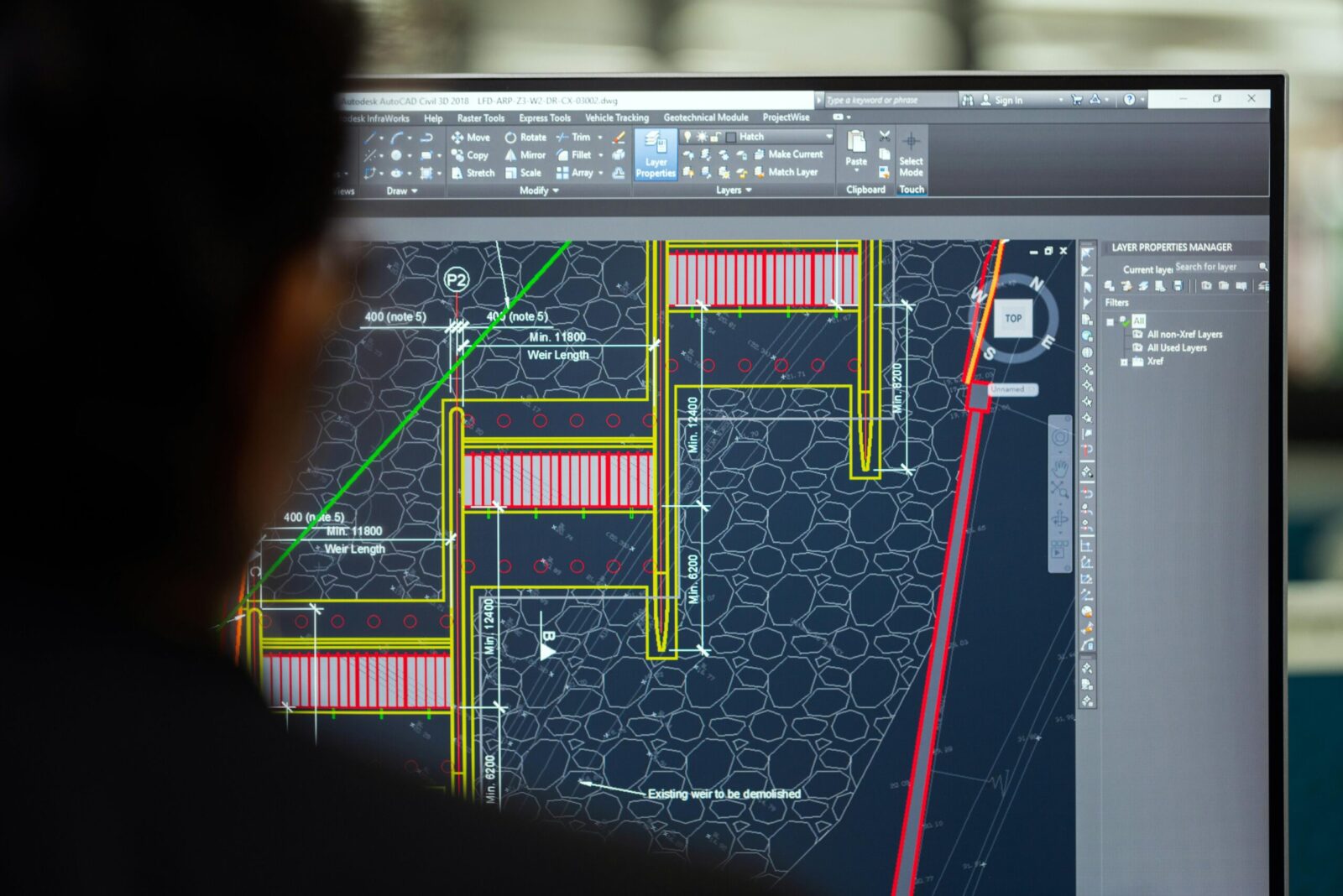Remote work isn’t a trend anymore, it’s the operating system for how many of us build products. For this review of the latest project management software for remote teams, we spent weeks living inside each platform across time zones, shaky Wi‑Fi, and real deadlines. The 2025 crop leans hard into automation and AI, but the winners still nail fundamentals: clarity, trust, and speed. Here’s what we found and what we’d actually recommend.
How We Tested for Remote-First Realities
Real-World Scenarios and Datasets
We recreated typical remote work: a product launch spanning 9 time zones, an agency retainer with rotating stakeholders, and a sprint cycle with bug triage and discovery. We throttled connections to 3G, forced offline moments, and invited external clients as guests. Each platform got the same backlog, docs, and file sets. We tracked how quickly new teammates ramped, how well comments replaced meetings, and whether updates stayed trustworthy when half the team was asleep.
Evaluation Criteria and Benchmarks
We scored on clarity (views, status signals), async collaboration (comments, decisions, knowledge capture), automation/AI usefulness, integrations, mobile/offline reliability, admin guardrails, and total cost of ownership. Benchmarks included time-to-first-meaningful-board (<30 minutes), automation setup time (<20 minutes for four core rules), cross-tool integration depth (Git, Slack/Teams, Drive), and auditability (who changed what, when). Security, data residency, and SSO availability were table stakes at business/enterprise tiers.
The Shortlist: Top Platforms in 2025
ClickUp: All-In-One Flexibility and Automations
ClickUp remains the Swiss Army knife. Spaces, lists, docs, whiteboards, and dashboards live together, so cross-functional teams don’t bounce between apps. Automations are powerful yet approachable, and ClickUp Brain helps summarize threads, draft updates, and transform meeting notes into tasks. We like its Everything view for leaders. The tradeoff: setup can get intricate, and governance requires discipline. For startups and hybrid product/marketing groups, it’s a high-ceiling choice that can replace a bunch of point tools.
Asana: Structured Workflows and Strong UX
Asana shines when you want reliable process at scale. Timelines, Portfolios, Goals, and Rules make it easy to orchestrate multi-team programs without micromanagement. Asana Intelligence suggests fields, cleans up statuses, and summarizes project health. The UX is polished, onboarding is quick, and reporting is solid for OKR‑driven orgs. Downsides: the richest automation and admin features sit on higher tiers, and content creation (docs) is improving but still not a full docs hub for heavy knowledge work.
Monday.com: Visual Pipelines and Integrations
Monday.com’s WorkOS is built for people who think in boards and dashboards. It excels at client-facing pipelines, content ops, and operational checklists where status, owner, and due date are the main actors. Integrations and automations are extensive, with easy recipes to connect Slack, Salesforce, and more. We appreciate the visual clarity for exec summaries. Watch for automation/run caps and some permission granularity reserved for upper tiers. Great fit for agencies and operations teams that live in spreadsheets today.
Jira Software: Deep Issue Tracking for Engineering
Jira is still the backbone for serious engineering teams. Scrum/Kanban boards, advanced roadmaps, JQL, and tight integrations with Bitbucket, GitHub, and CI/CD keep engineers in flow. Jira AI helps summarize tickets and propose fields, which actually saves time in backlog grooming. Stakeholder views are better than they used to be, but non-technical collaborators may still feel friction. If you build software at scale, Jira is unmatched for issue tracking: just plan for thoughtful admin and training.
Notion Projects: Docs-First Collaboration With Databases
Notion Projects bridges tasks and knowledge seamlessly. You craft specs, meeting notes, and decisions in the same space where tasks live, and databases give you flexible views without admin overhead. Notion AI is genuinely helpful for summarizing long docs and extracting action items. It’s ideal for discovery-heavy teams and early-stage startups. Caveats: fine-grained permissions require care, resource/workload management is lighter than in dedicated PM tools, and offline is improved but not bulletproof.
Collaboration and Workflow Findings
Async Communication and Knowledge Sharing
The best remote teams leave breadcrumbs. Asana and ClickUp do this with update templates, status reports, and comment threads that surface decisions. Notion leads when context matters, decisions can live right next to specs and tasks. Monday.com is great for quick status clarity, while Jira, paired with Confluence or Notion, solves the dev + doc split. Across the board, @mentions, recorded clips, and comment resolution cut meetings significantly when used consistently.
Automation, AI, and Work Orchestration
In 2025, AI is finally useful. ClickUp Brain, Asana Intelligence, Monday AI, Jira AI, and Notion AI all summarize threads, propose task fields, and generate follow-ups from meeting notes. The win isn’t novelty: it’s reducing manual coordination. We saw 10–20% fewer status pings when AI summaries were posted in Slack. That said, rules and automations still do most of the heavy lifting, auto-assigning, routing approvals, and nudging overdue work.
Integrations, Mobile, and Offline Reliability
Jira’s developer tool integrations are deepest: Monday.com wins breadth for business apps. ClickUp and Asana cover the common stack (Slack/Teams, Drive, Zoom) with straightforward setup. Notion’s API has matured, but some workflows still rely on third-party connectors. Mobile apps are solid across platforms for quick updates. Offline support has improved overall, yet true resilience varies, assume limited capabilities offline and plan for async habits rather than heroics.
Security, Admin Controls, and Compliance
Permissions, Audit Logs, and Admin Guardrails
All five offer role-based permissions, SSO/SAML at higher tiers, audit logs, and SCIM provisioning. Jira and Asana provide strong enterprise guardrails (admin insights, project templates, approval workflows). ClickUp’s admin has matured with granular sharing and activity logs, though you’ll want standards for spaces/folders. Monday.com’s board-level security is clear but some advanced controls live on Pro/Enterprise. Notion’s workspace permissions are flexible: just document conventions to avoid oversharing.
Data Residency, Compliance, and SSO
SOC 2 Type II is table stakes here. Data residency options exist for Atlassian (Jira), Monday.com, and Asana on business/enterprise plans: ClickUp offers regional data options on upper tiers. HIPAA eligibility is available for Jira Cloud Enterprise and Monday.com Enterprise: ClickUp offers HIPAA on Enterprise. Asana and Notion have evolving stances, check current docs before storing PHI. Net: if you have strict residency or compliance needs, budget for enterprise tiers.
Pricing and Total Cost of Ownership
Free and Entry Plans Compared
For small teams, Jira’s free tier (up to 10 users) is generous for dev workflows. ClickUp’s free plan is capable for basic projects and unlimited users, with feature limits. Monday.com’s free plan is best for two-seat pilots: it scales quickly to Standard for automations and views. Asana’s free tier is fine for light personal use: serious teams land on Starter/Advanced. Notion’s free plan shines for individuals: teams typically start at Plus or Business.
Hidden Costs: Guest Access, Automations, and Storage
Budget beyond sticker price. Automations often have monthly run caps. Guest access rules vary, some tools count heavy guests as billable, others don’t. Storage overages, advanced security (SSO, audit logs), and admin features live on higher tiers. Also consider migration, onboarding, and change management time: a week of context switching costs more than a few dollars saved on licenses.
Recommendations by Team Type and Size
Startups and Cross-Functional Teams
Pick tools that stretch without forcing rigid process. ClickUp is our default for early teams that want tasks, docs, whiteboards, and dashboards in one place. Notion Projects is brilliant if your work starts as ideas and research, then becomes tasks, especially for product discovery. If your team prefers a clearer, guardrailed path, Asana Starter gives structure without heavy admin.
Product and Engineering Organizations
Jira is the anchor for issue tracking, release hygiene, and dev integrations. Pair it with Confluence or Notion for specs and decisions. For product ops and cross-functional launches, Asana’s Portfolios and Goals make exec reporting easy. ClickUp can credibly handle both engineering and GTM in one workspace, but appoint an owner for taxonomy and permissions.
Agencies and Client Services
Monday.com maps naturally to pipelines, retainers, and client dashboards, easy to show progress without a tour. ClickUp works well when you need client-facing docs, approvals, and time tracking together. Asana is strong for creative approvals and campaign calendars. Prioritize guest access rules and automation caps: they’ll make or break your margins.
Conclusion
The latest project management software for remote teams is powerful enough to replace meetings, if we set it up with intent. Choose the platform that matches your work’s center of gravity: code (Jira), process (Asana), pipelines (Monday.com), all‑in‑one ops (ClickUp), or docs‑first collaboration (Notion Projects). Then double down on async habits. The tool amplifies the culture, not the other way around.



